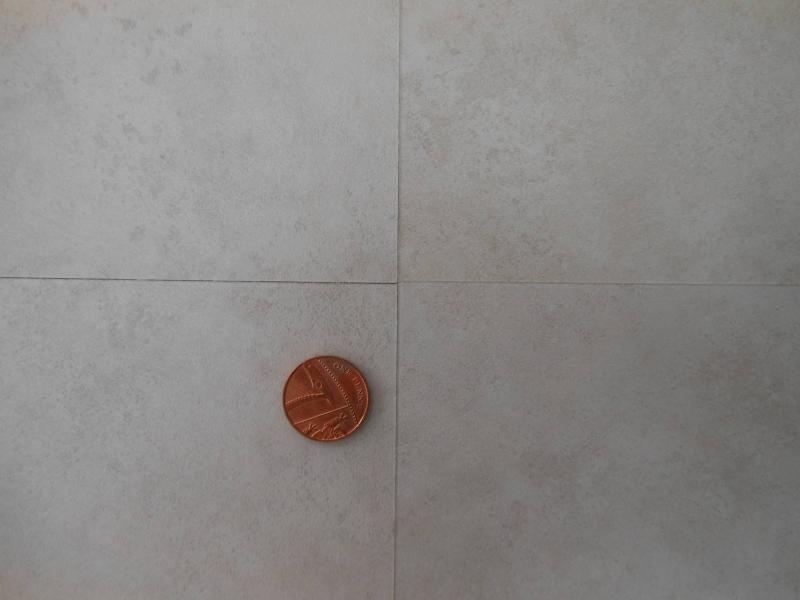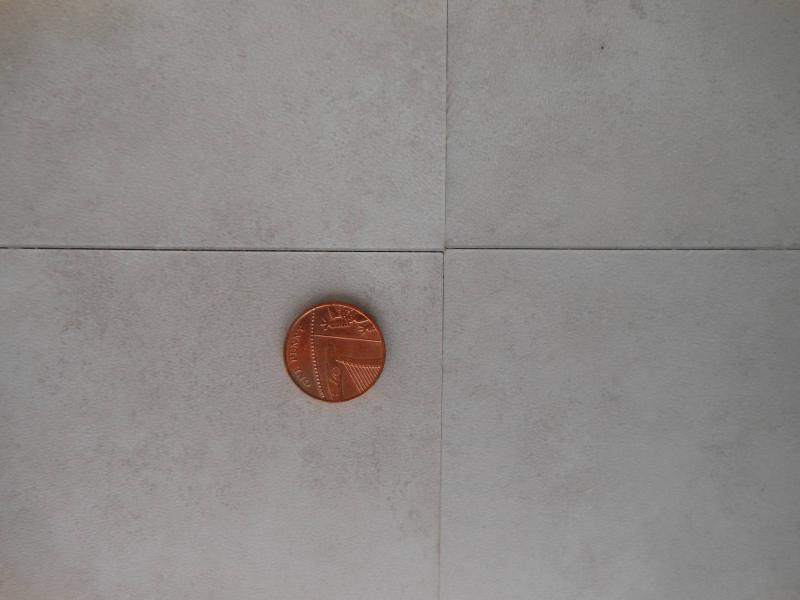- Joined
- 2 Nov 2009
- Messages
- 631
- Reaction score
- 73
- Country

just a phrase we use for this type of flooring
your flooring is LVT - luxury vinyl tiles
also includes safety flooring (like in hospital floors etc)
basically anything made of plastic that is hard and stuck down!
.....LVT is the hardest to get spot-on due to the importance of requiring "perfect" floor prep and setting-out
your flooring is LVT - luxury vinyl tiles
also includes safety flooring (like in hospital floors etc)
basically anything made of plastic that is hard and stuck down!
.....LVT is the hardest to get spot-on due to the importance of requiring "perfect" floor prep and setting-out


